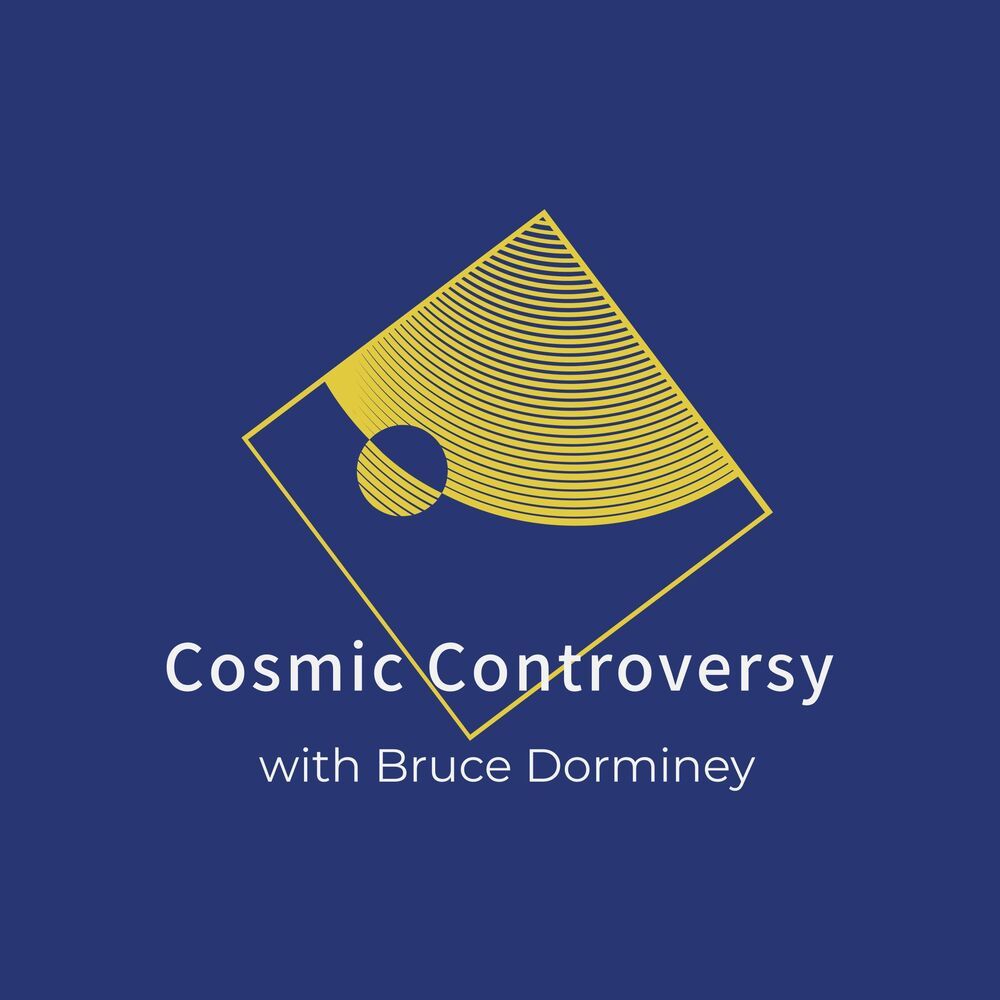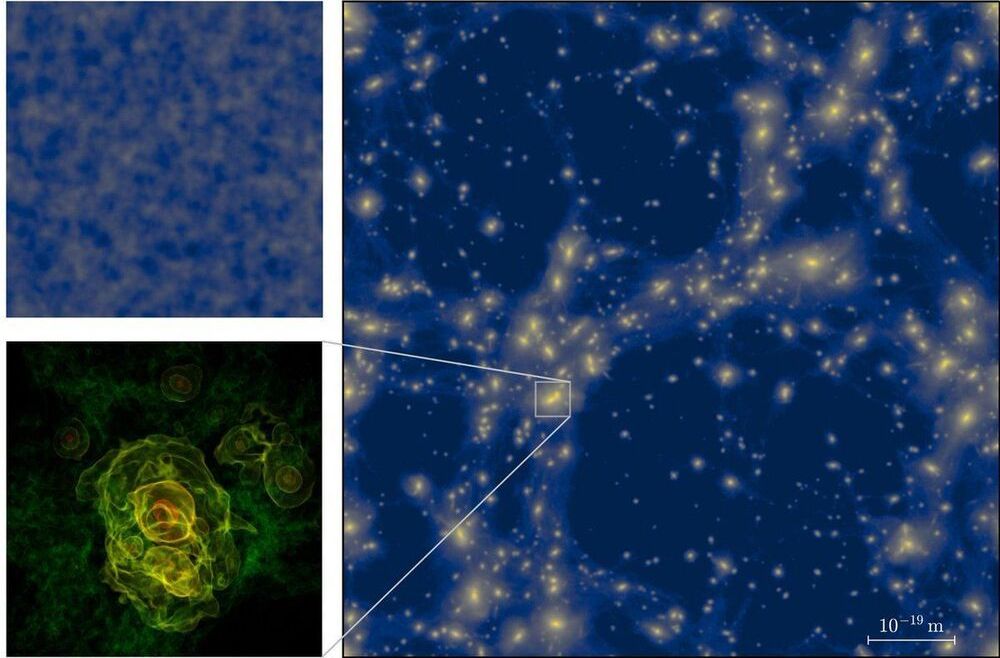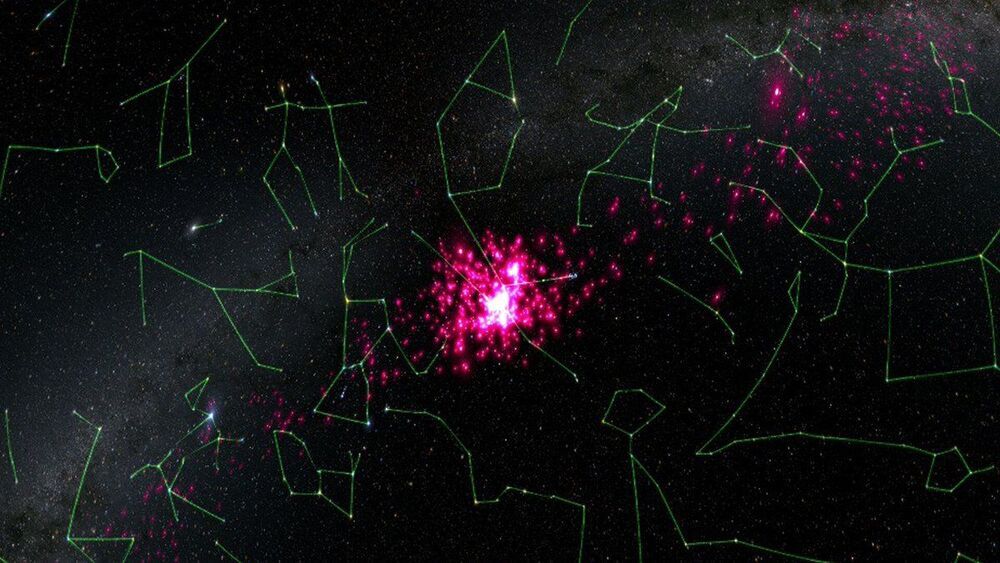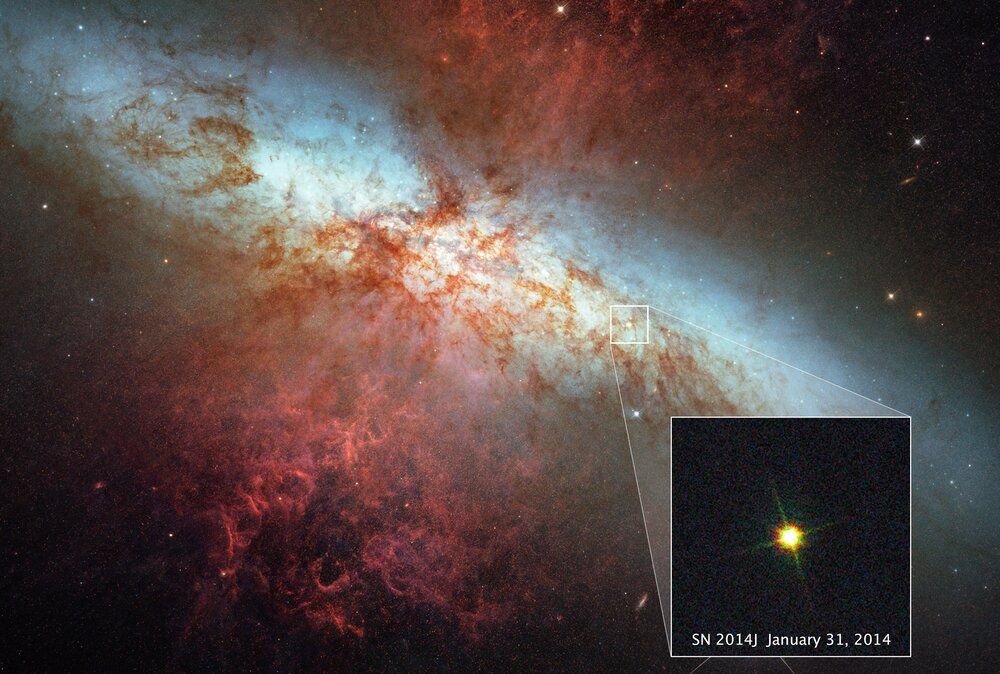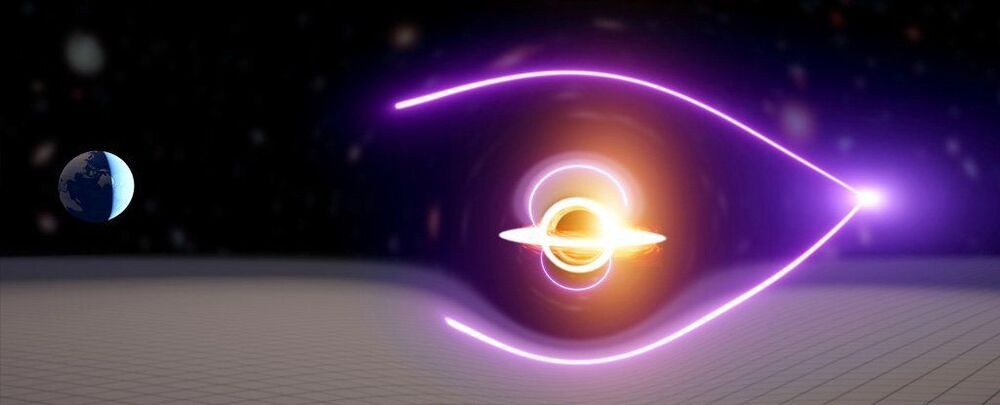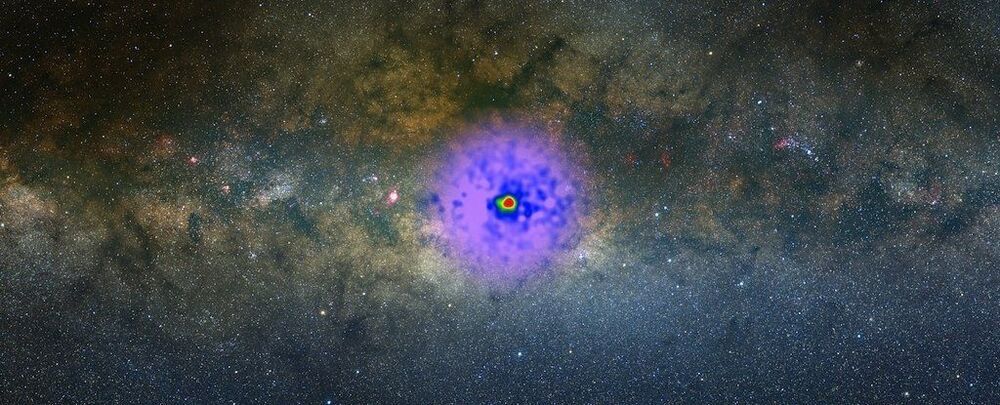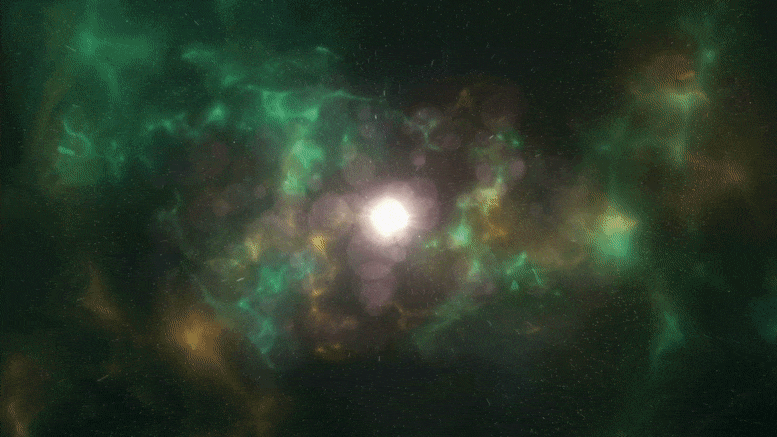Apr 2, 2021
Episode 44 — ESA’s Upcoming Euclid Dark Energy Survey
Posted by Bruce Dorminey in categories: cosmology, space travel
Great new episode with Michael Seiffert, the NASA project scientist for the U.S. contribution to the European Space Agency’s Euclid spacecraft. Seiffert talks candidly about what it takes to strike a balance between risk and reward in the design of this upcoming $1 billion dollar dark energy mission.
Fascinating new chat with Michael Seiffert, the NASA project scientist for the U.S. contribution to the European Space Agency’s Euclid spacecraft. Due for launch in the second half of 2022, we discuss how this new space telescope will help astronomers finally understand the mystery of dark energy and maybe even dark matter.
Continue reading “Episode 44 --- ESA’s Upcoming Euclid Dark Energy Survey” »
